Focusing Our Investments for Greater Impact
Five years ago, the world experienced the COVID-19 pandemic–a global lockdown of unprecedented proportions, and a subsequent re-ordering of social relationships that is still playing itself out. This has had a profound impact on the nonprofit sector, whose core work is organized around social relationships, from fundraising to working with clients, many of whom are under additional economic and social strain.
Today, we are experiencing yet another exogenous shock, this time through significantly reduced public funding and evolving federal policies that affect both the business of philanthropy and the lives of the people and institutions we serve. Private funders like ourselves must carefully evaluate how to effectively direct resources as both the need and uncertainty outstrip our ability to fill the gaps.
As it happens, we were in the middle of a strategic review process starting in 2024; we embarked on that work because we wanted to raise the bar on impact in our work. Our goal was to ensure that the resources Jessie Ball duPont entrusted to us are actually moving the needle on some specific indicators in the communities and institutions Jessie loved, with the goal to create thriving communities of belonging.
After months of deliberation, analysis, and honing, we are adopting a strategy that focuses our resources–both financial and human–on a set of issues we believe will make the greatest impact in the communities we serve. We are doubling down on specific high-impact programs and partnerships, while leveraging our relationships, staff expertise, and local capacity. In doing so, we seek to level up how we engage – focusing on systems and policy changes that create positive change for entire populations.
Under this refined strategy, our goals are to support systemic change around three priority areas:
Creating economic opportunity for individuals, families and small businesses;
Investing in the power of place to promote interconnectedness; and
Addressing legacies of exclusion in educational, cultural and historic preservation organizations.
This strategy will inform our work for the next three to five years, and will govern our grantmaking, partnerships, convenings, research and capacity-building investments. This time-bound strategy will include measurement and evaluation tools to help us identify what’s working, listen to our partners, and consider how best to evolve our approach based on what our communities need next.
Refining Our Methods
Our mission isn’t changing; however, we are changing how we do our work. We believe that fewer, deeper investments will drive systemic change, especially in a time of increasingly complex need. Our grantmaking will be more proactive. We will work closely with nonprofits that share our priorities to plan ahead and design programs together. It also means we will make fewer, larger bets on programs and initiatives that employ a collaborative approach to achieving measurable impact in our priority areas.
In practice, this means we will reach out directly to possible partners – rather than making reactive grants in response to proposals. In some cases, we will use RFPs to help identify interested partners around specific issues.
We recognize this strategic shift may feel especially difficult during a time of increasing need and funding uncertainty for many organizations. We are committed to supporting all of our grantees through this transition with care and transparency – both those whose work aligns with our refined focus areas, and those who will not be receiving direct funding from the duPont Fund during this period.
We will continue to offer capacity-building opportunities to all of our grantees, including those whose work falls outside of our strategic focus areas for the next few years. More than 100 of our grantees are currently part of the Lightful digital fundraising and matching cohort, and we will continue to offer this, and other, programs in the future. We hope grantees will take part in those programs to sustain and grow beyond our funding.
We’re making these changes at a time when public and philanthropic resources are stretched thinner than ever, and the challenges facing our communities are increasingly complex and interconnected. Now more than ever, we believe deeper, more focused investments can help drive lasting change.
We are connecting directly with our grantees in the coming two weeks and look forward to sharing updates as we engage in those conversations.
Mari
